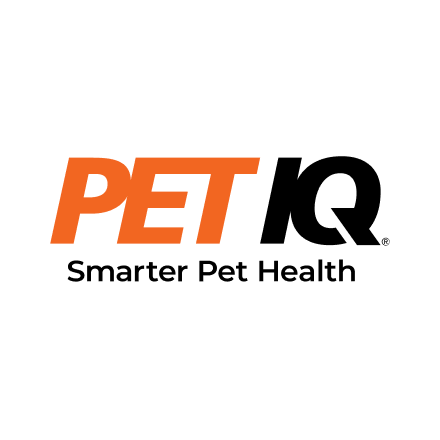Back in the days of the original data stack, the team needed to work from three different systems to develop the data pipeline and did not have the ability to look at everything in one place, which made their work difficult. After adopting Coalesce, this is now a problem of the past. “We can now look at the visualization and those subgraphs all within Coalesce,” says Siron. “We can do any of the development in the tool itself, which immediately writes to Snowflake.”
In addition, the previous solution offered only a very manual form of version control. Today, Coalesce’s robust version control capabilities make it easier to track changes to data and help uncover potential problems in the data pipeline.“The integration with Git has been incredibly helpful for tracking down where there are issues, tracking back what we do,” Siron says.
The team had previously struggled to make changes to metadata inside of their existing data automation platform. This is why Coalesce’s column-level lineage was a huge selling point for PetIQ. “The column lineage feature has been extremely helpful for those modifications, just having that propagate down into the objects that feed off of that,” Siron says.
Before bringing on Coalesce, the data team struggled to help other teams across the company understand what was going on with the data—and, in fact, to explain what it was they were doing to help the larger business. “I don’t think you should have to be an experienced developer to understand data or understand what’s happening to the data,” says Davidson. “When somebody hears us say, ‘We’re gonna model this and do this’ when we’re talking about our day-to-day work, it’s just so abstract. That’s why it’s so helpful to be able to connect the dots for our end users and the business units that we’re supporting.”
Siron agrees that the visualization aspect of Coalesce has been an enormous benefit as the team strives to make PetIQ a more data-driven company: “You know how we can break apart the data into its individual pieces with the Data Vault methodology? You cannot explain the Data Vault methodology very well, but you can visualize it really well in Coalesce. It’s hard to explain that, but being able to show it very quickly with just a screen share demo in Coalesce is huge.”
The next big step for the team is to begin working on data modeling for the legacy ERP systems they need to consolidate, something they had tried to accomplish with their previous solution but that was constantly being put on the back burner. One of the biggest ERP systems that contains the most data was written in COBOL, so it’s very old and presents a big challenge, but it’s one the data team finally feels ready to tackle. “This is going to be a huge project for us, and something that will be a very big win for our team,” says Siron. “We’ll be like celebrities around here if we can get that data modeled and available to people.”
No matter how popular the team’s heroic data wrangling might make them in the company, they’ll still have a hard time stealing the spotlight away from the real stars of the office: the many adorable pets they share their workspace with. “When I first had my interview, there was a dog that just wandered into the interview room, which was hilarious,” recalls Siron. “We have dogs come into our meetings sometimes and try to lick your face when you’re talking about something important. It relaxes you immediately and takes the pressure off, reminding you not to take everything so seriously.”




